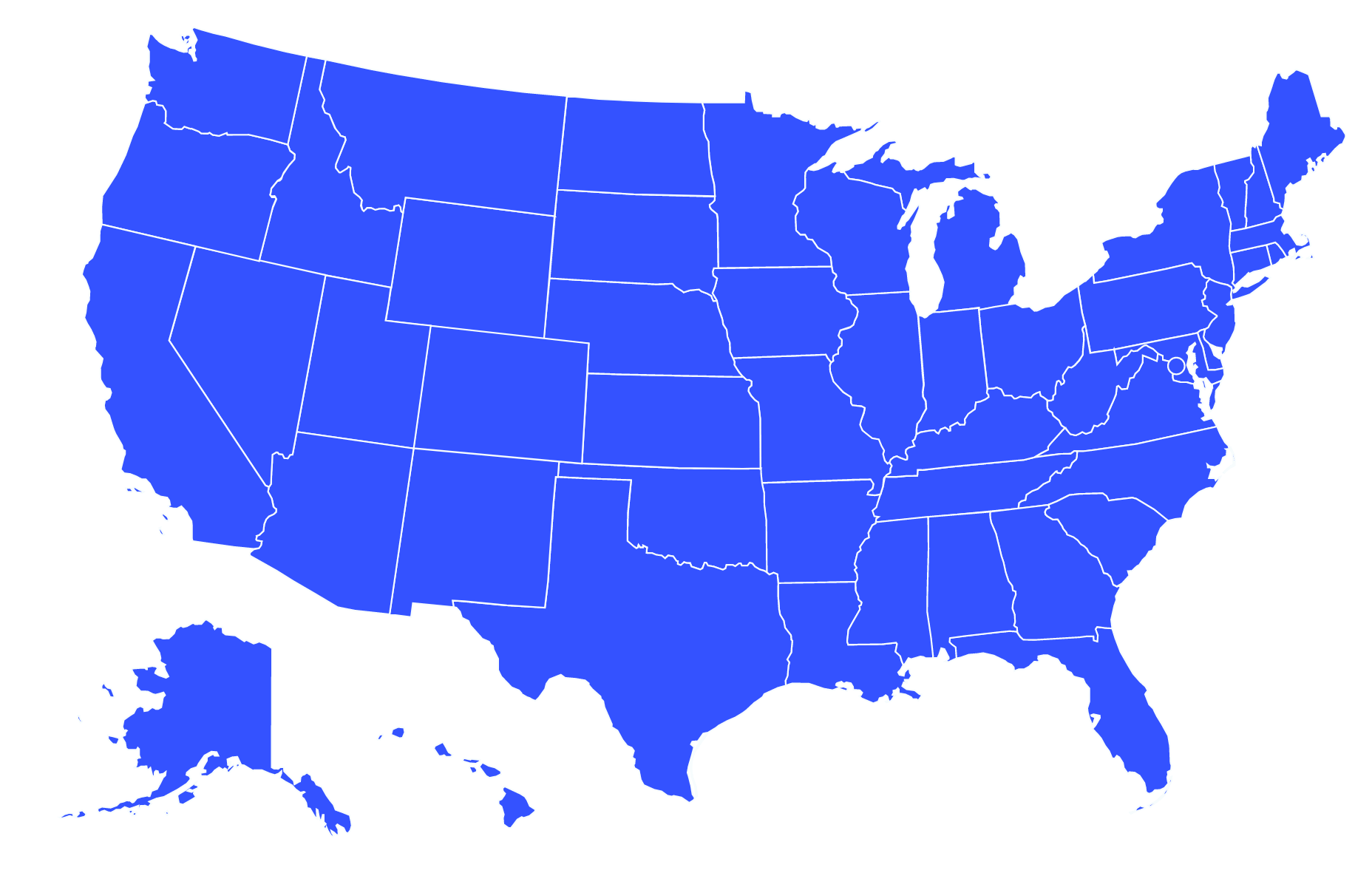
Global Issue
Illiteracy
Series
If You Can Read This
A 29-year-old woman checked into a Baltimore emergency room with severe abdominal pain and a fever. Doctors told her she would need an “exploratory” surgery. Convinced that she would be treated like a guinea pig and unarmed with knowledge about her potential care options, the woman adamantly refused treatment and demanded that her family take her home. She later died of appendicitis.
How did this happen? And how do similar instances happen so often?
Nearly half of Americans — 46 percent — grapple with limited proficiency in essential communications about their health, or low “health literacy.” The National Academy of Medicine defines this aspect of literacy as “the degree to which individuals have the capacity to obtain, process, and understand basic health information and services needed to make appropriate health decisions.”
Most Americans are technically literate; they can read. But a series of general literacy studies over the last few decades revealed that people’s grasp on communications like train schedules, newspaper articles, and ballots was surprisingly tenuous.
“They couldn’t use materials well enough to accomplish [basic] tasks,” says Rima Rudd, a senior lecturer on health literacy, education and policy at Harvard University.
In a country where 83 percent of people graduate high school, why is health literacy still a problem?
Of course, tasks that hinge on one’s level of competence in health literacy can have life and death consequences. Even after controlling for potentially confounding factors like income, studies show that people with low levels of health literacy are more likely to be hospitalized, take their medicines incorrectly, and experience poor disease outcomes. They report worse health and are less likely to use preventative care like flu shots and mammograms than people with higher literacy levels. Ultimately, low health literacy is linked to higher risk of death.
In a country where 83 percent of people graduate high school, why is health literacy still a problem?
Initial research into the topic blamed people’s reading skills, but Rudd and others have come to see this line of research as only “one part of the equation.” While health literacy was once viewed as a “patient deficit,” it’s now recognized as a systemic failure.
As Rudd and her coauthors concluded in one paper, there’s a fundamental “mismatch between the literacy skills of the public and the complexity of health information.”
“In health settings, people are given very sophisticated directions, forms [and] explanations that are often filled with jargon, math terms, and are poorly organized,” Rudd explains. Patients have to manage complex chronic diseases like diabetes, HIV, asthma, and autoimmune disorders and follow sophisticated guidelines for medication usage.
Meanwhile, doctors often communicate with their patients using convoluted language that laypeople don’t understand.
Even if they’re well-intentioned, “people in the health field are not trained as literacy experts,” Rudd says.
Moreover, one study found that many health materials are written at “reading grade levels that exceed the skills of an average high school graduate.”
Health history forms can pose a particular challenge. When people are confronted with long, complex questionnaires at the doctor’s office and don’t know how to read or answer them properly, they cope in detrimental ways.
“Some people just decide they’ll check all ‘yeses’ or all ‘nos,’ whichever has fewer followup questions,” says Helen Osborne, a plain language writer and editor and health literacy consultant. In 2014, only 17 percent of patients were offered help with these forms.
In short, health literacy isn’t just about the comprehension skills of patients. It’s about the quality of the communications they receive.
“We have to look at the skills of the listener and the skills of the speaker,” says Rudd.
We also have to look at the less concrete variables that influence health literacy, like distracting emotions. For example, several years ago Osborne landed a new freelance position with the National Cancer Institute to help rewrite their booklet, “Surgery Choices for Women with Early-Stage Breast Cancer.” Her job was to make the book clearer and more simple for breast cancer patients.
A few months later, she went in for a regular mammogram. “Something showed up,” she tells me. “I never saw that one coming.”
After her breast cancer diagnosis, Osborne learned firsthand how confusing health communications can be. When her doctors referred her to a series of specialists, she remembers saying, “Who in the world are all these people?” Her coworker replied, “You wrote about them on pages 8 and 9.”
“What struck me is I literally wrote the damn book, and at least for a little while I couldn’t understand everything,” Osborne says. She had all the necessary technical skills, but it’s hard to process what’s happening when you’re in crisis.
Rudd explains, “When you’re nervous, when you’re frightened, when you’re worried about someone else, when you’re in a situation where you know there’s time pressure, you’re not necessarily thinking as clearly. You’re not necessarily feeling the power to say, ‘You know I didn’t understand that. Would you tell me that information again and use everyday language?’”
While doctors were taught previously to ask patients if they understand their instructions, researchers realized that the vast majority of people would say “yes” even if they didn’t. Now there are initiatives to teach physicians a simple, helpful “teach back” strategy.
For example, a physician might say, “I know that was complicated information I gave you. Can you tell me how you’re going to take your medication tomorrow so I can see if I left anything out?” Sadly, only 29 percent of doctors do this.
While doctors were taught previously to ask patients if they understand their instructions, researchers realized that the vast majority of people would say “yes” even if they didn’t.
Perhaps the most obvious solution to America’s health literacy problem is better primary and secondary education. If we improve Americans’ general literacy, we’ll also improve our health literacy.
While Rudd sees these long-term measures as critical, she thinks we also need more immediate solutions. She pointed out that there are still unnecessary deaths in the U.S. due to asthma, and that a child recently died in Maryland from a tooth infection. If we wait for the education system to do its job, Rudd explains, we’ll be “putting things on hold for 20 years” as these needless deaths continue.
One shorter-term solution is to make health information more accessible by finding innovative, intuitive ways to illustrate it. In a 2016 review, Rudd wrote that graphic information — like charts, schedules, pictograms, risk scales and diagrams — “can be particularly helpful when done well.” But these tools can become another form of jargon if done badly.
For this reason, Rudd thinks that there should be systems in place to streamline and regulate health information for the general public. “We’d never allow someone to put together a concoction of medicine and simply distribute it. We really insist on something [being] tested. The same thing needs to happen with words, directions, instructions, concepts.”
And, akin to FDA-approved clinical trials, information should be “piloted” with members of its target audience to ensure that it’s effective.
Rudd is optimistic that technology can speed up this process, but she cautions that tech “solutions” can fall prey to the same problems as printed materials do. If they’re not vetted for “gobbledegook,” they won’t be useful either.
Conversely, both pretty graphs and shiny new apps risk oversimplifying information. Rudd recently spoke to someone trying to invent a new scale for blood pressure. Instead of giving people their official blood pressure measurement, the tool would show it to them on a scale of one to five. Rudd was skeptical. “Aren’t we better off taking some time to explain what blood pressure is and how it’s measured — what’s normal, what’s normal for you, what’s the range, what’s dangerous?”
Comprehensible information doesn’t mean shortcuts, or dumbing things down. “We have to make a distinction between simplifying information and simplistic information,” Rudd says.



